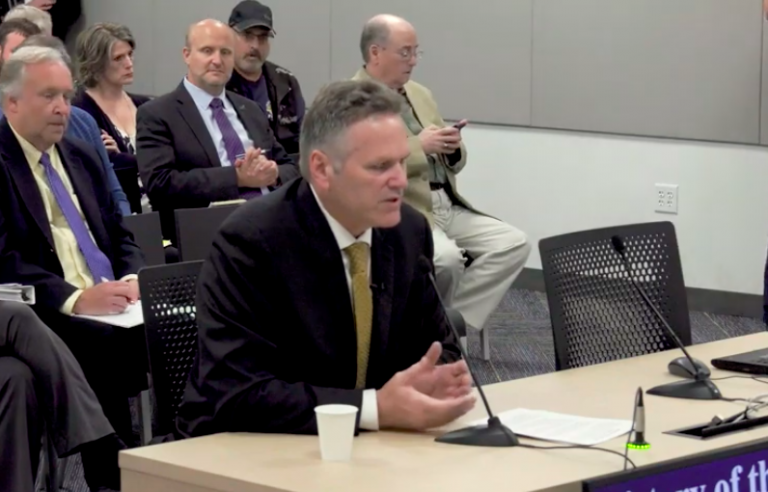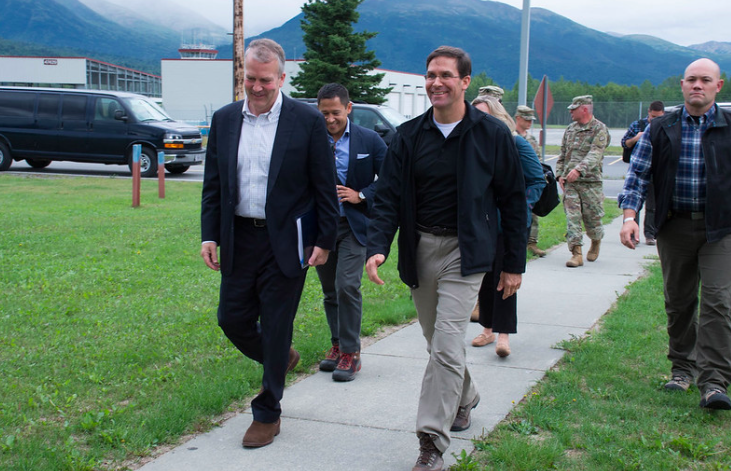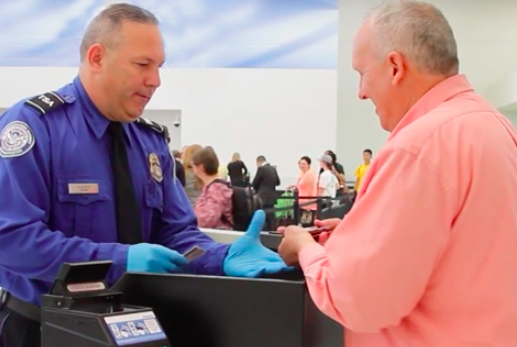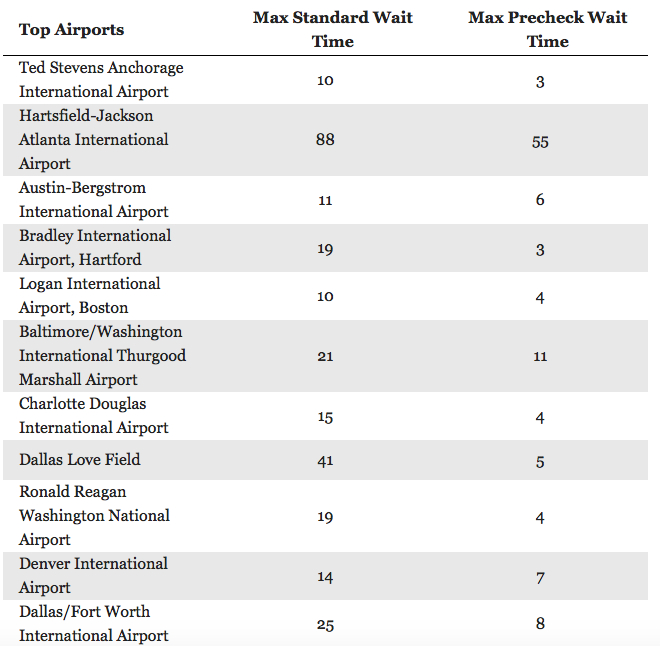PRODUCED BY KOBE RIZK
The MRAK Almanac is your place for political, cultural, and civic events, events where you’ll meet political leaders or, if you are interested in getting to know your state, these are great places to meet conservative- and moderate-leaning Alaskans.
Alaska Fact Book
Question: Which state has the lowest population density?
Answer: Alaska, of course. If the New York City borough of Manhattan had a population density equal to Alaska’s (about 1.3 people per square mile), a grand total of seventeen people would be living on the entire island. Conversely, if Alaska had the same population density of Manhattan over its entire land area of 663,000 square miles, there would be over 44 billion people living in the Last Frontier—around six times the population of earth.
6/24 – 6/28: American Ornithology Society meetings in Anchorage. It’s the 137th annual meeting of American Ornithology. Details here.
6/24: Regular meeting of the Fairbanks City Council at 6:30 pm. There will likely be a crowd turning out to testify on the proposal to remove the mill rate levy from city code, opening the doors for higher property taxes. If passed, this new ordinance will be placed on the local ballot in October. Read the full agenda here.
6/24: The Seward City Council will hold a regular meeting at 7 pm. On tap for this evening is discussion of Seward’s sexual harassment policy as well as a proposal to repeal a city ordinance requiring voter approval to increase the sales tax cap. Read the agenda here.
6/24: Regular meeting of the Seldovia City Council. The council will hear public testimony on proposed changes to the local election ordinances as well as discuss Seldovia’s new paperless initiative. Detailed agenda here.
6/24: Homer City Council regular meeting at 6 pm. The council will be considering citizen comment on their proposed public utilities regulation and rates overhaul. Read the agenda at this link.
6/24: Regular meeting of the Wasilla City Council, starting at 6 pm. The council will hear an update from the Wasilla Airshow committee and discuss further funding for the Veterans Wall of Honor project. Agenda at this link.
6/24: The Alaska Tobacco Control Alliance (ATCA) will hold a teleconference to discuss marijuana in Alaska. Begins at 3 pm. Call-in details here.
6/24: Regular meeting of the Juneau Borough Assembly starting at 7 pm. Read about ordinances up for public comment here.
6/24: Power of Porn presentation at the BP Center in Anchorage. This workshop will offer personal stories from both men and women whose lives and relationships have been harmed in some way by the pornography industry. Registration required, visit the Facebook link here.
6/25: The City of Ketchikan will host a public forum to solicit comments regarding proposed improvements to the Port of Ketchikan and the city’s tourism industry. 6 pm at the Ted Ferry Civic Center.
6/25: The Wrangell Borough Assembly will hold a regular meeting beginning at 7 pm. Read the full agenda here.
6/25: Regular meeting of the Palmer City Council at 7 pm. Should be an interesting evening, as the council will hear public testimony on proposed term limits for the mayor and council members. What do you think? Find the agenda here.
6/25: Regular meeting of the Sitka Borough Assembly at 6 pm. The assembly will be adopting a final resolution to remove city administrator Keith Brady and will follow by discussing options for hiring an interim. They will also be considering the renewal of the marijuana cultivation license for Northern Lights Indoor Gardens. Find the full agenda at this link.
6/25: Lunch on the Lawn weekly event at the Anchorage Museum. Admission is free and there will be food trucks, live music, and fun activities for all ages. A great chance to get out and enjoy summer in downtown Anchorage. Read more at the Facebook link here.
6/25: The Federal Subsistence Board will hold a public hearing regarding proposed changes to wolf hunting and trapping policies in Unit 2. Among the changes is an increase of the allowed sealing period from 14 days to 30 days. The meeting will take place in Klawock but testimony may also be given via phone. Read more here.
6/25: Fly Tying Clinic at the Wasilla Veterans Center at 7 pm. Put on by Alaska Fly Fishers and Project Healing Waters Alaska. Read more here.
6/25: Fairbanks Chamber of Commerce weekly luncheon at the Carlson Center starting at noon. The guest this week is noted American Cancer Society physician Dr. Mary-Claire King who will be speaking about the genetics and prevention of breast cancer and ovarian cancer. Read about it here.
6/25: Alaska Public Media will hold a live broadcast on Pebble Mine at 10 am. This (hopefully) balanced discussion will feature both Pebble CEO Tom Collier and former Alaska state senator and Pebble opponent Rick Halford. The current comment period for the proposed mine ends on July 1. Read more here.
6/25-6/26: Public hearings scheduled for the EPA’s Serious State Implementation Plan (SIP) to address air quality in the Fairbanks North Star Borough. The first hearing is at 6 pm at the Fairbanks Westmark Hotel downtown. Read more about the plan and see the full schedule of hearings here.
6/26: The Alaska Resource Development Council will host their 44th Annual Membership Luncheon at the Dena’ina Center in Anchorage at noon. Guests include U.S. Assistant Secretary of the Interior for Lands and Minerals Joe Balash and Governor Mike Dunleavy. Details here.
Alaska History Archive:
June 24, 1965: 54 years ago—Benjamin Franklin Heintzleman, the 8th Governor of the Alaska Territory from 1953 to 1957 died in Juneau at the age of 76. Governor Heintzleman was a Yale graduate and moved to southeast Alaska in 1918 where he served as a regional forester for the U.S. Forest Service. First opposed to statehood, the Republican governor had a change of heart and signed the bill establishing the Alaska Constitutional Convention in 1956. After leaving office later that year, Heintzleman remained in Alaska where he served on the University of Alaska Board of Regents and as an advisor to the Alaska Rail and Highway Commission.
June 25, 1897: 122 years ago—the paddlewheel river steamship Alice arrived in the quiet old Russian town of St. Michael in Southwest Alaska carrying 25 miners with over $500,000 dollars in gold. In many ways, this represented the start of what would become the Klondike Gold Rush. After hearing of the money that could be made deep in the Klondike near Dawson, thousands of miners from across America made the journey to Seattle in hopes of hopping on the next vessel headed “North to Alaska”.











